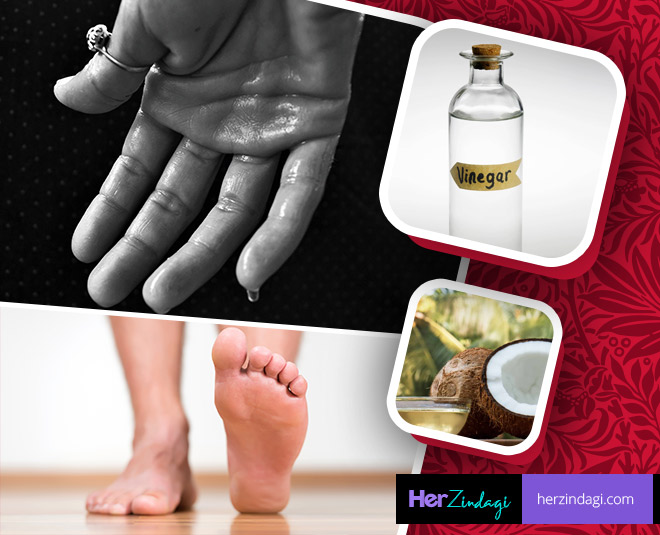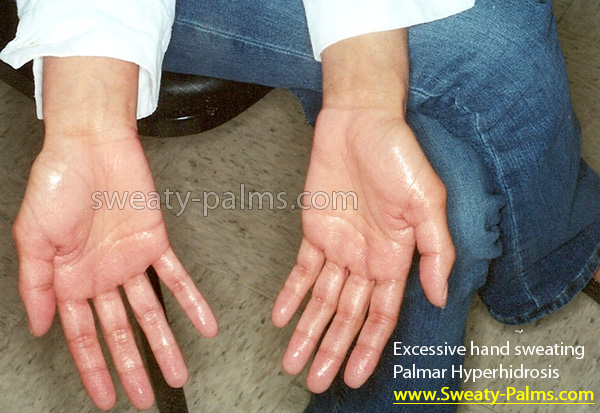Introducing the Complexities of Excessive Sweating: A Comprehensive Guide to Medical Diagnosis and Monitoring
Excessive sweating, medically called hyperhidrosis, is a problem that affects a significant number of people and can have an extensive influence on their quality of life. While sweating is a natural bodily feature, its overactivity in hyperhidrosis offers an unique set of challenges that commonly exceed simple discomfort. Comprehending the underlying reasons, identifying the signs and symptoms, and browsing the diagnostic process for hyperhidrosis can be intricate tasks. In this extensive guide, we will explore the complexities of hyperhidrosis, from its diagnosis to the range of treatment options available, clarifying effective management techniques for those grappling with this condition.

Comprehending Hyperhidrosis Causes
Hyperhidrosis triggers can be associated to different elements such as genetics, hormone inequalities, and specific medical problems. Genes play a considerable role in key focal hyperhidrosis, where people inherit the problem from their relative. This kind of hyperhidrosis usually shows up in particular areas like the hands, soles of the feet, underarms, and face. Hormonal imbalances, specifically an overactive thyroid gland or menopausal changes, can additionally set off excessive sweating. In addition, particular clinical conditions such as diabetes mellitus, heart problem, and infections can lead to second generalized hyperhidrosis. These underlying health problems can disrupt the body's all-natural cooling system, triggering the sweat glands to end up being overactive. Comprehending the origin of hyperhidrosis is essential in detecting and successfully handling this condition. By recognizing the particular variables adding to too much sweating, doctor can tailor therapy strategies to deal with the underlying reason, offering relief and boosting the lifestyle for people influenced by hyperhidrosis.
Acknowledging Hyperhidrosis Effects

In addition, hyperhidrosis signs and symptoms may manifest in social and emotional distress, as individuals may really feel self-conscious or nervous about their sweating, bring about evasion of social scenarios (Sweaty hands treatment). Furthermore, duplicated episodes of too much sweating can lead to skin maceration, fungal infections, and a general decline in self-worth
Diagnostic Refine for Hyperhidrosis
Starting the analysis procedure for extreme sweating includes complete analysis of the person's clinical history Visit Your URL and physical exam. Asking about the beginning, period, and activates of sweating episodes is crucial to set apart in between main focal hyperhidrosis and second generalized hyperhidrosis. Case history must also include inquiries about medicines, clinical conditions, and family members background of hyperhidrosis.
During the health examination, particular attention is paid to the locations affected by sweating. The medical care service provider might assess the degree of sweating, look for signs of underlying conditions, and examine the influence of sweating on the individual's quality of life. Furthermore, particular tests like the gravimetric test, starch-iodine examination, or skin conductance dimensions might be conducted to measure the quantity of sweat generated.
Furthermore, in cases where secondary hyperhidrosis is thought, extra tests such as blood tests, urine tests, and imaging studies may be recommended to identify the underlying cause of too much sweating. The analysis procedure intends to precisely figure out the kind and source of hyperhidrosis to lead ideal monitoring strategies.
Treatment Alternatives for Hyperhidrosis
When addressing excessive sweating, various treatment alternatives are available to minimize signs and symptoms and boost the person's lifestyle. The treatment method for hyperhidrosis depends on the extent of signs and symptoms and see this site the individual's reaction view website to initial treatments.
Topical treatments, such as aluminum-based antiperspirants, are typically recommended as the first line of protection for managing light situations of hyperhidrosis. These products function by plugging the sweat ducts, therefore decreasing the amount of sweat that gets to the skin's surface. For people with much more extreme signs, oral drugs like anticholinergics might be suggested to assist decrease sweating. Nonetheless, these medications can have adverse effects and are not appropriate for every person.

Effective Management Techniques
To effectively handle hyperhidrosis, a thorough and individualized treatment plan tailored to the person's specific needs and action to previous treatments is essential. Iontophoresis, including the usage of a reduced electric current to decrease sweat gland activity, can be helpful for both palmoplantar and axillary hyperhidrosis. A multidisciplinary technique including skin specialists, key treatment physicians, and, if required, cosmetic surgeons, can enhance the monitoring of hyperhidrosis.
Verdict
In conclusion, hyperhidrosis is a problem identified by extreme sweating, which can significantly impact a person's quality of life. With appropriate medical diagnosis and administration approaches, individuals enduring from hyperhidrosis can discover alleviation and improve their overall wellness.
Extreme sweating, medically recognized as hyperhidrosis, is a problem that affects a considerable number of individuals and can have an extensive effect on their high quality of life. By identifying the details aspects contributing to too much sweating, health care service providers can tailor therapy plans to resolve the underlying reason, offering alleviation and improving the top quality of life for individuals influenced by hyperhidrosis.
Hyperhidrosis, defined by excessive sweating past what is necessary for managing body temperature, can dramatically impact a person's quality of life. Making inquiries about the start, duration, and activates of sweating episodes is essential to set apart in between primary focal hyperhidrosis and additional generalized hyperhidrosis. Treatment for hyperhydrosis of hands and feet.In final thought, hyperhidrosis is a problem characterized by extreme sweating, which can greatly affect a person's top quality of life